Engineering for safety: lessons from the worst industrial accident in history, with Fiona Macleod (1979)
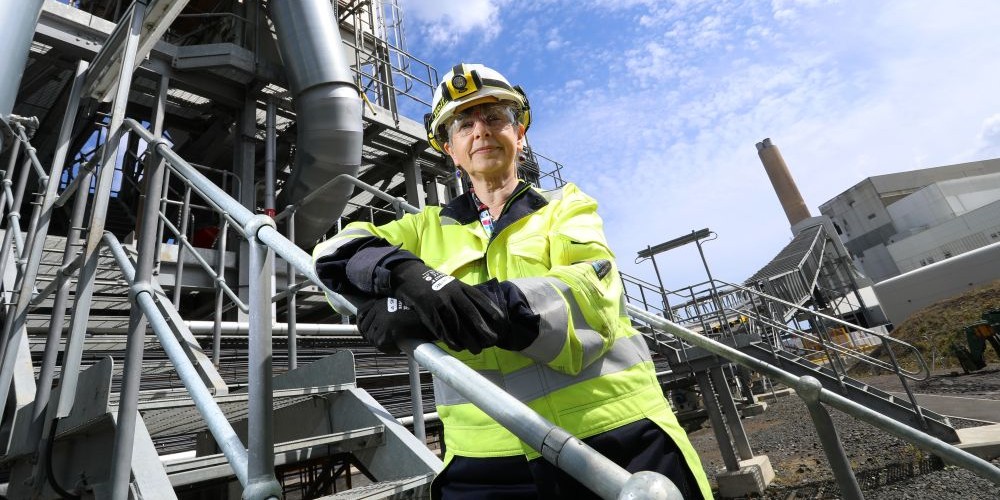
Fiona Macleod (SE 1979) has built a career in some of the highest hazard industries.
In recent years, she has channelled her passion for industrial safety into teaching and writing fiction. Her first novel The Chemical Detective, was published by Oneworld in 2019 under her pen name of Fiona Erskine. Her most recent book, Losing Control, is a police procedural thriller that explores the aftermath of the 1984 Bhopal disaster in India. Widely regarded as the worst industrial accident in history, the Bhopal disaster claimed over 15,000 lives, with local communities still suffering from toxic waste left behind in its wake. Yet, international public awareness of Bhopal remains surprisingly low, especially compared to other industrial catastrophes like Chernobyl in 1986. Why is that?
We spoke with Fiona about her background, her knowledge of Bhopal, the causes and consequences of the disaster, and whether — 40 years on — the lessons have truly been learned.
About Fiona
Fiona, you are a professor of Process Safety at the University of Sheffield. What does "process safety" mean?
While personal safety focusses on the individual (hold on to the ship’s handrail), process safety is concerned with the resilience of ships in uncertain waters (don’t launch the Titanic). My interest in how to detect and prevent catastrophes comes from forty years of industrial experience. I have investigated, witnessed or made many mistakes and my aim is to help others spot and avoid similar situations. I teach the practical aspects of process safety to students from all over the world.
I also write engineering thrillers under my pen name of Fiona Erskine, and I’m published by Point Blank (Oneworld).
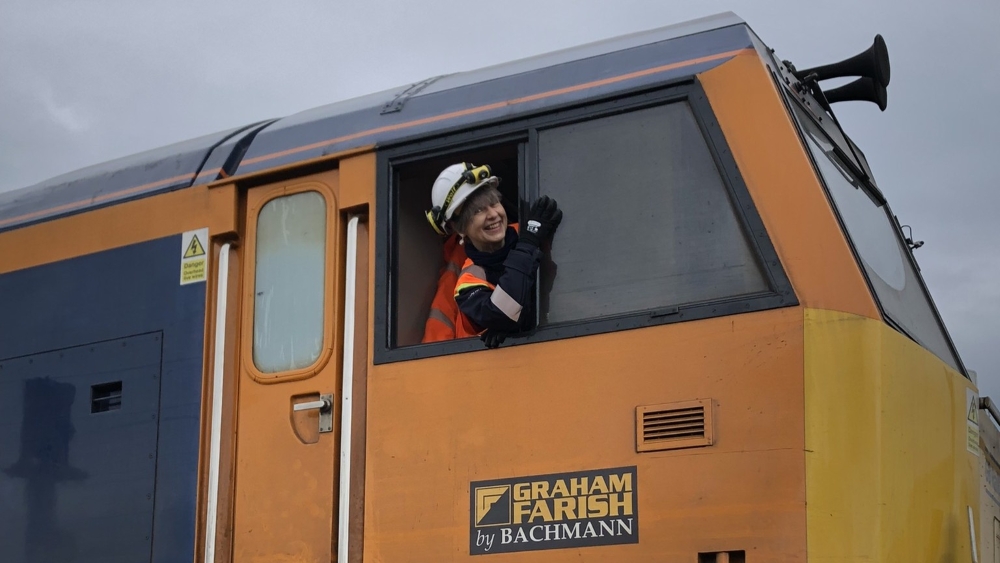
What are some highlights from your career?
No one is more surprised than me to have ended up back in academia. I arrived at Selwyn aged seventeen, armed with an eclectic bunch of Scottish Highers (including History and Russian) and an excess of confidence. I struggled through my degree in Chemical Engineering. The subjects where I performed best were essay based like History and Philosophy of Science (which opened my mind) and Geology (which gave me blisters). The reason I persisted (against every tutor’s advice) was my passion for the practical applications. My industrial work-experience in university vacations convinced me that advanced mathematics – while important – is not the only language in engineering.
My first graduate job was with Imperial Chemical Industries (ICI). They sent me on an accelerated apprenticeship where I learned to weld and cast and use machine tools, leaving me with an abiding respect for true craft skills (those I lack). As the only woman working nights in a fertiliser factory on Leith Docks in the early 1980’s, I was given a chaperone in the form of an experienced shift foreman. He became a mentor and friend, and I wrote about him many years later in a semi-autobiographical novel Phosphate Rocks: A Death in Ten Objects.
My next job was with a fine chemicals company in Portugal. I spent a happy decade living in Lisbon and building novel facilities to scale up the production of active pharmaceutical ingredients.
Since then, I’ve worked all over the world, most recently in India, Brazil and China and with products as diverse as pigments, polymers and power. A skiing accident on a trip to celebrate my fiftieth birthday led to time off work. I started writing fiction. Really bad fiction.
I returned to paid work and attended evening online courses to learn some writing craft. It took me a further seven years and many torn up manuscripts to attract a literary agent and publisher, but my debut The Chemical Detective was published in 2019.
The Bhopal disaster
What drove your interest in Bhopal and the events surrounding the accident?
News of the 1984 Union Carbide accident in India reached Scotland shortly after I started with ICI. Many years later, working on the construction of a catalyst plant in northern India, the culture shock reawakened my interest in the Bhopal tragedy. One weekend, I took myself off on a train to visit the capital of Madhya Pradesh. I was delighted by the beautiful city but shocked to discover that the former Union Carbide factory had been abandoned with the equipment still standing. Engaging with survivors' organisations led me to completely rethink my understanding of the 1984 accident.
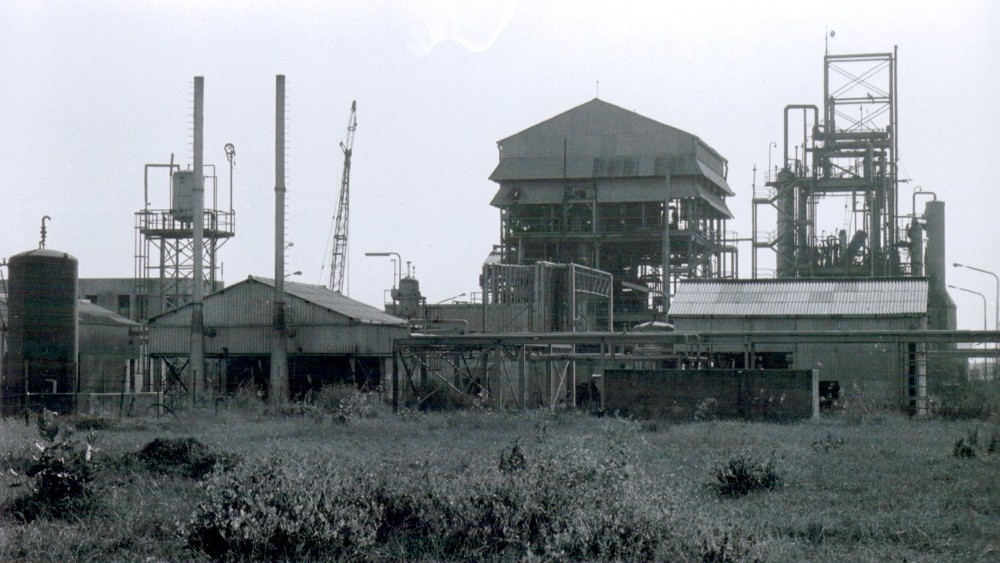
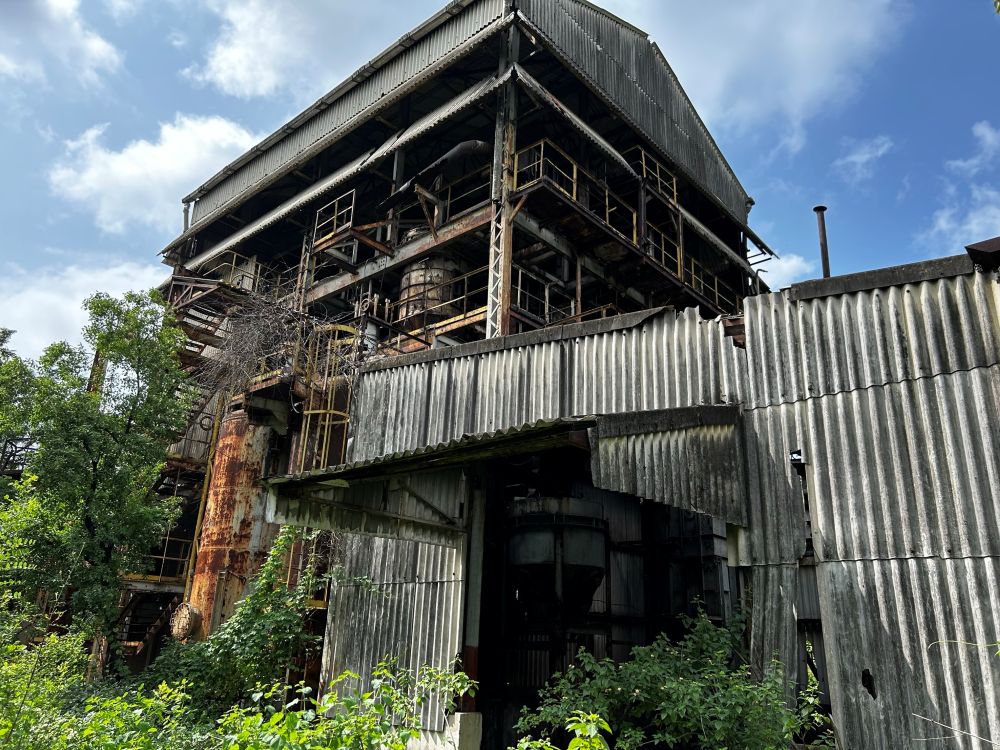
For those who may not be familiar, what happened at Bhopal?
On the night of the 2nd to 3rd December 1984, a cocktail of toxic gases descended from the chimney of a pesticide factory and spread over the sleeping town of Bhopal, India.
At the time of the accident, the factory was only 27 days away from permanent closure. Experienced people had moved on; maintenance support had been reduced. The last batch of MIC (methyl isocyanate, an intermediate in the carbaryl pesticide process) was distilled on 22nd October 1984 and the MIC production process dismantled.
On 31st October 1984, the Indian Prime Minister, Indira Gandhi, was assassinated. The civil unrest and imposition of curfews meant that the conversion of MIC into a stable product was delayed. For several weeks the last batch of MIC sat in underground tanks without refrigeration.
In early December 1984 attempts were made to resume operations and empty the factory of hazardous chemicals before closure, but a rush to meet the end of year deadline led to a disastrous decision to wash away a blockage that was preventing the MIC transfer.
Water entered a tank full of MIC leading to a runaway reaction and catastrophic release of toxic gas.
Who was affected by this?
According to a Government of India court affidavit, at least 15,248 people died and 554,895 were injured as a direct result of the accident.
People woke to find their eyes streaming, throats burning and began choking and vomiting. The gas cloud engulfed mosques, hospitals, schools and the main railway station. Most of the deaths were due to pulmonary oedema – people literally drowned in their own fluids as their bodies fought back – or trampling suffocation in the panic to escape. Survivors suffered blindness and shortness of breath. Chronic lung damage – for which there was no cure - led to cardiac problems. More recent research has found high levels of cancer and birth defects in the exposed population.
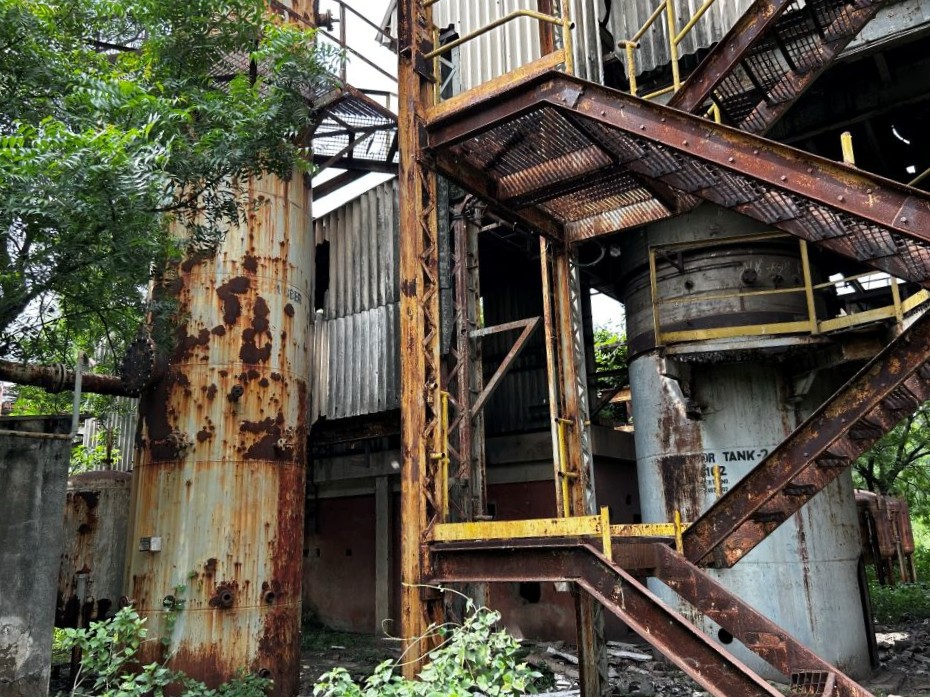
The question of responsibility for the accident has been widely debated. Could you elaborate on the compensation provided to those affected and whether it has been sufficient or fair?
An out of court settlement was reached in 1989 between the Government of India and Union Carbide Corporation (UCC). The US$470M damages were based on a gross underestimate of the number of victims and the severity of survivor injuries. The burden of proof was put on poor and often illiterate victims and court processes were slow and bureaucratic, with some waiting 20 years for compensation of a few hundred dollars.
Union Carbide India Ltd (UCIL) was wound up and sold. The profits were used to fund a new hospital. However, the expensive equipment and sophisticated facilities were wholly inappropriate for the care of destitute survivors suffering from mental trauma and debilitating chronic illnesses.
Responsibility
Although much has been made of the negligence of UCIL (local management) in allowing safety systems to degrade as the factory was decommissioned, there were fundamental weaknesses in the UCC (parent company) process design. A change in the order of reaction led to a more hazardous intermediate. It’s never a good idea to store so much toxic material so close to a centre of population.
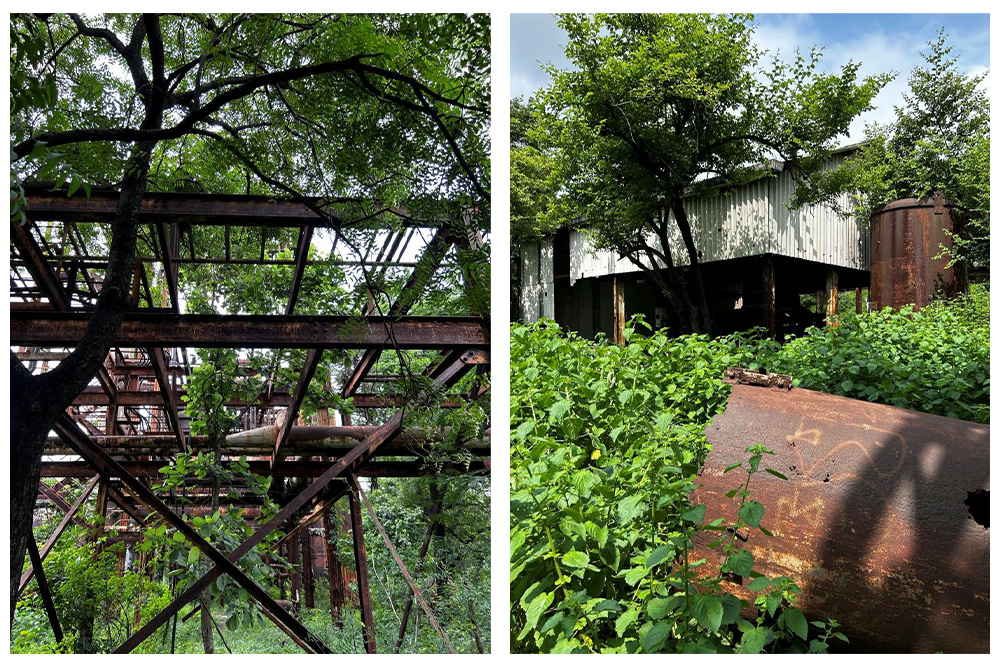
The consequences of the tragedy
The environmental consequences of the disaster are significant. What has changed in terms of the affected environment since the accident?
Forty years after the worst industrial accident in the world, there is still no scientifically informed clean-up plan.
The contamination predates the 1984 accident. Toxic wastes was created by the processing activities in the pesticide factory, both inside the former UCIL site and in the neighbouring solar evaporation ponds once used to concentrate liquid waste from the factory. A plume of underground pollution containing organochlorides and heavy metals continues to spread through underground aquifers, affecting the drinking water and meat and milk of grazing domestic animals.
The ‘polluter pays’ principle is fundamental to environmental law, and yet no one has ever been held accountable for characterising or cleaning up the waste left by the former UCIL factory in Bhopal.
After 40 years of inaction and neglect we owe it to the people of Bhopal to carry out a thorough clean-up using the best available techniques. A proper programme of scientific investigation, cultural preservation, in-situ soil and groundwater remediation, and redevelopment could create a memorial site that would bring training, jobs, visitors, prosperity and hope to the most beleaguered of local communities. Whatever is done, it must involve the people who live closest to the site.
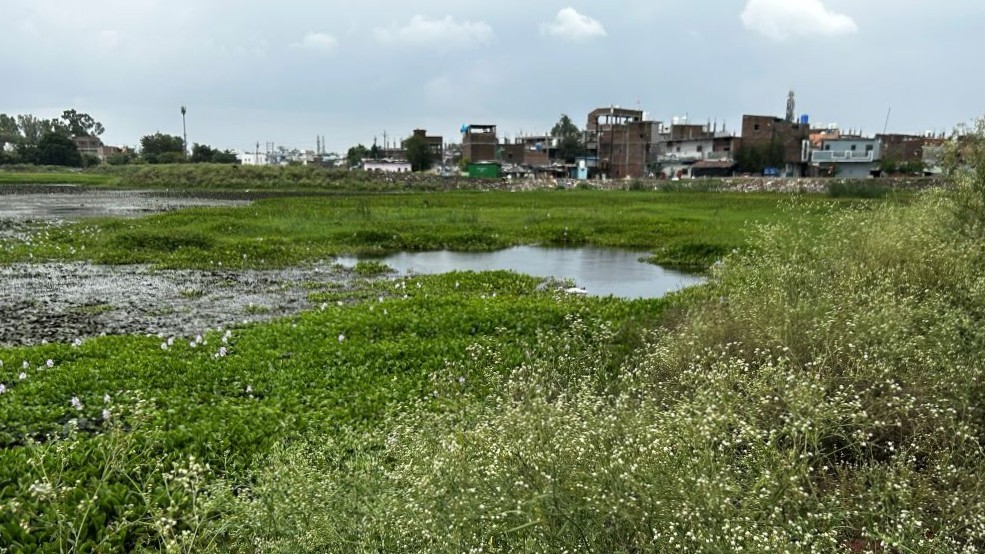
Bhopal seems to receive far less attention, even among those interested in significant historical events. Why do you think Bhopal remains under the radar for many people?
I can propose several interlinked explanations.
No threat to us.
The 1984 Bhopal Gas Tragedy didn’t directly threaten anyone in Europe. This is in stark contrast to the 1986 Chernobyl accident where a real threat of nuclear core meltdown into the water table could have made much of Europe uninhabitable.
US power.
The robust defence by Union Carbide Corporation (UCC) – the American company with ultimate responsibility for the tragedy – ensured that a false narrative of sabotage was widely believed outside India.
Indian inequality.
1984 was a time of political chaos in India. After the assassination of his mother, the new government of Rajiv Ghandi needed US support and investment to liberalise a flagging economy. Many victims of the Bhopal Gas Tragedy were the very poorest in society. The initial rush of sympathy for victims seems to have hardened - inside India - into distrust and then contempt.
No proper investigation.
The out of court settlement between the Government of India and Union Carbide Corporation in 1989 prevented information from coming to light that might otherwise have been demanded by the court. The original judicial investigation was halted in December 1985 and never allowed to conclude.
The fact that the worst industrial accident in history has been all but forgotten was the main motivation for my 6th novel Losing Control.
In Losing Control, I wanted to bring the story closer to home, to explore the risks of globalisation as Europe outsources key activities and to imagine how I would feel if the threat was on my doorstep.
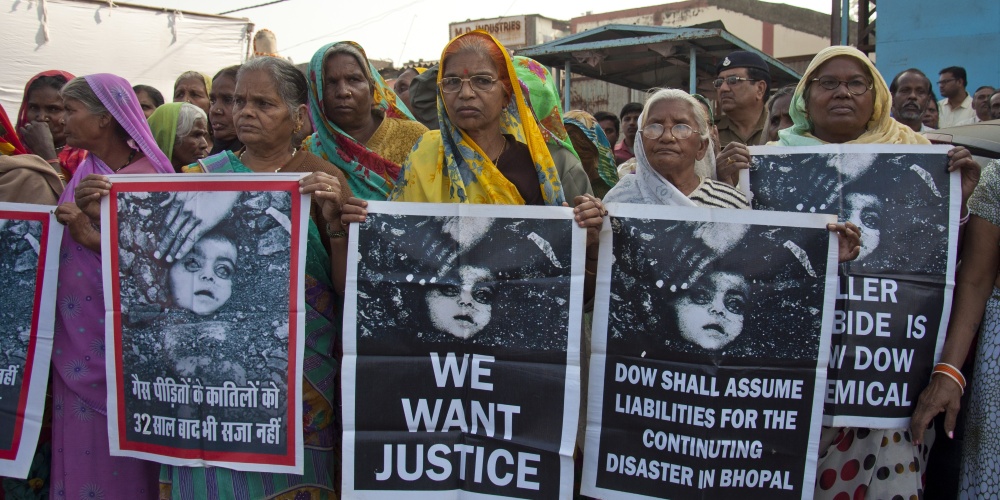
Looking back, what lessons do you think the world should have learned from Bhopal, both in terms of corporate responsibility and disaster management?
There is much we can still learn from a proper re-examination of the Bhopal Gas Tragedy.
In the rush to decarbonise, new energy vectors are being proposed, like Hydrogen and Ammonia. Bhopal should serve as a reminder of the importance of inherent safety in design and act as an incentive find safer ways to store energy.
It's rarely acknowledged that the Union Carbide factory in Bhopal was 27 days from permanent closure. Equipment had been allowed to run to failure, experienced people had left and not been replaced. We need to keep an eye on our industries in decline, like North Sea oil and gas. Critical safeguards must be maintained until no hazardous materials remain.
In terms of corporate responsibility, the only lesson we learn is that there is no effective framework for multi-national accountability. Complex corporate structures set up for tax reasons inhibit the flow of technical expertise and confuse responsibility. The polluter only pays if they still exist.
In terms of disaster management, the Bhopal Gas Tragedy was a wakeup call for the world. The OECD set up the Chemical Accident Program in response to the tragedy. Revised legislation and codes of practice led to a tangible improvement in emergency preparedness and community engagement in many countries.
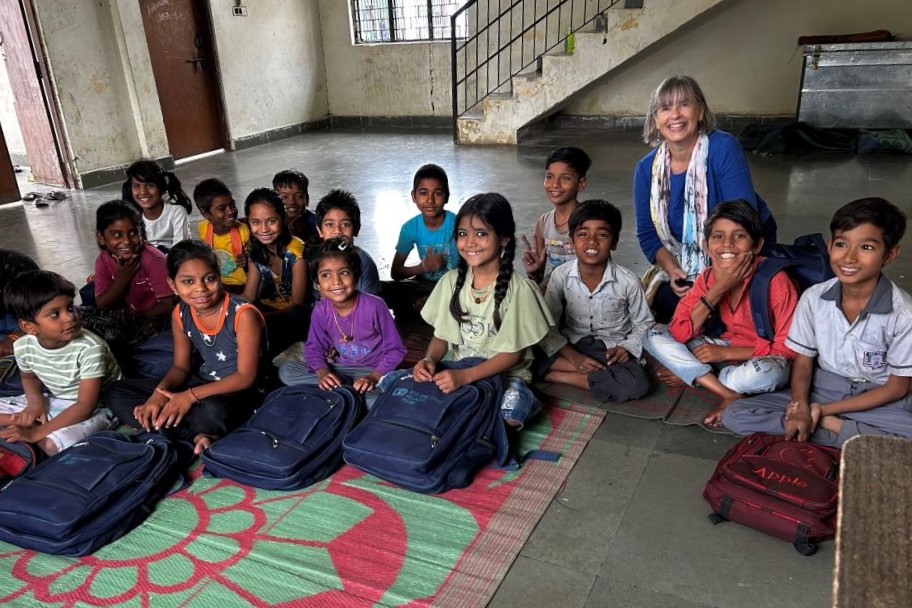
Are there any stories or voices from Bhopal that have stood out to you while you were doing your research — perhaps something you wish more people knew about?
Amid so many individual stories, one really stood out for me.
In December 1981, Ashraf Mohammed Khan and colleagues were rushed to hospital from the Union Carbide factory. They’d been completing a maintenance task when toxic liquid escaped under pressure and engulfed them. In a panic, unable to see, Ashraf Khan ripped off his air mask and was exposed to phosgene and MIC. He died on Christmas Day. An investigation into his accident concluded that he’d failed to use his air mask correctly and was therefore to blame for his own death. No one investigated the root cause of the release of toxic liquid. His widow, Sajida Bano, tried to challenge the finding, but with two young children to support, she could not afford legal representation. Three years later, on the night of 2nd to 3rd December 1984, she and her two sons were caught in the toxic gas cloud. Her eldest son died, and his younger brother was so traumatised that he remained completely dependent on his mother for the rest of his life.
Better writers than me have told the stories of the Bhopal Gas Tragedy victims. I urge you to read Indra Sinha’s brilliant Booker Prize shortlisted novel, Animals People.
The victims’ stories were not mine to tell, so I told one of my own instead. Losing Control is available to order from all good bookshops and online here.
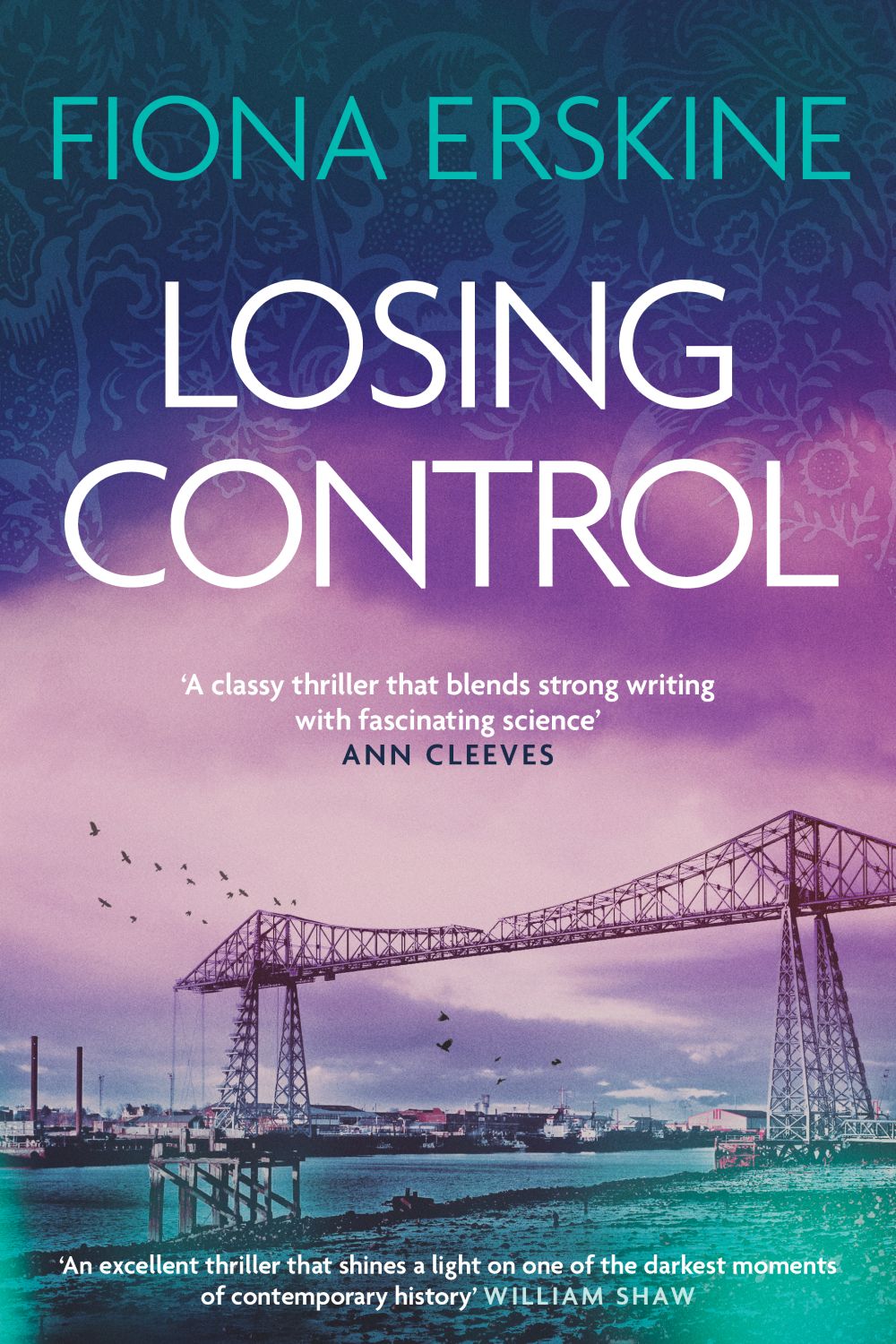
Photo from the Bhopal Medical Appeal by Martin Stott can be found here: https://www.flickr.com/photos/44868727@N02/14119398488/
Photo from the Bhopal Medical Appeal by Colin Toogood can be found here: https://www.flickr.com/photos/bhopalmedicalappeal/30849907733
All other photos were provided courtesy of Fiona Macleod.


